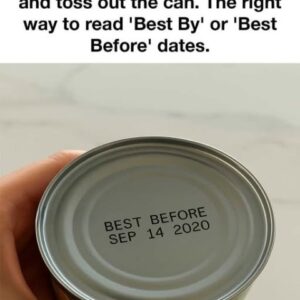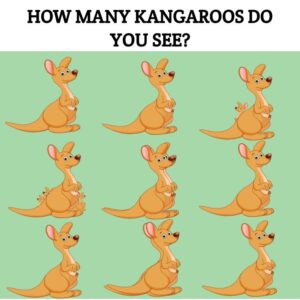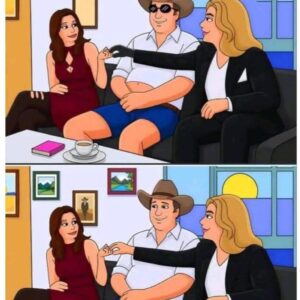Are you ready to test your observation skills and give your brain a quick challenge? At first glance, this adorable image of a sleeping baby looks exactly the same in both versions, but don’t let that fool you—there are three subtle differences hidden in plain sight. Your goal is to spot all three without any hints. Sounds easy, right? Not so fast.

These visual puzzles are sneakier than they look, and even the smallest changes can be surprisingly hard to find. So take your time, examine the image closely, and don’t just focus on the baby’s face or bottle. Every part of the picture might hold a clue, from the background to the clothing to the tiniest curl of hair. Puzzles like this are intentionally designed to be deceptive. They challenge your ability to detect visual inconsistencies by placing small changes in familiar settings. Most people miss them because they either scan the image too quickly, assume everything is the same, or focus only on the most obvious details. It’s easy to get tricked if you don’t compare the two versions side by side with careful attention. If you’ve been staring at the images for a while and still can’t spot all three differences, don’t worry—it happens to almost everyone.
But now, let’s go through the solution step by step so you can see exactly where each change is hiding. The first difference appears in the top-left corner of the image. You’ll notice those classic “Z” symbols floating above the baby’s head to represent sleep. In the first image, all the “Z” letters are correctly oriented and facing to the right. But in the second image, one of the “Z”s is reversed—it’s mirrored and pointing in the opposite direction. It’s such a tiny change that your brain might skip over it entirely unless you’re specifically looking at those background details. The second change is located at the top of the baby’s head. In the original image, there’s a small curl of hair sticking up in the center of the baby’s scalp. It’s a subtle but distinct feature. In the second version, that curl is missing, and the hair appears smooth and rounded instead.
This kind of difference is a common trick used in puzzles like this—removing something so small that you don’t even realize it was there until it’s gone. Finally, the third difference can be found in the baby’s shirt sleeve. Look closely at the blue and white striped pattern. In the first image, the sleeve has several stripes, alternating in color. But in the second image, one of those stripes is missing, changing the overall pattern slightly. Because your eyes naturally focus on the baby’s face and not the arm, it’s easy to overlook this one. Let’s do a quick recap of the three differences: one of the snoring “Z” symbols is flipped, the curl of hair on the baby’s head is missing, and the sleeve has one fewer stripe than before.
Did you manage to spot them all without any help? If so, congratulations—you’ve got a sharp eye! These types of puzzles are more than just fun games; they actually serve as great mental exercises. Spot-the-difference challenges help improve visual memory, concentration, and attention to detail. They’re great for kids learning how to focus and observe, and equally beneficial for adults looking to sharpen their minds. Think of them like mini workouts for your brain. Not only are they a great way to take a break from your usual routine, but they also give you that satisfying “aha” moment when you finally spot what’s been eluding you. They’re also great for friendly competitions—try challenging your friends or family and see who can find all the differences the fastest.

Whether you’re doing it alone or with a group, it’s a fun and stimulating way to pass a few minutes and boost your mental agility. So next time you come across a spot-the-difference puzzle, don’t just glance and move on. Slow down, observe every part of the image, and test your brainpower. With practice, you’ll get faster, sharper, and better at spotting what others miss. Keep playing, stay curious, and challenge yourself to find those hidden details—you might just become a puzzle master in the process.





